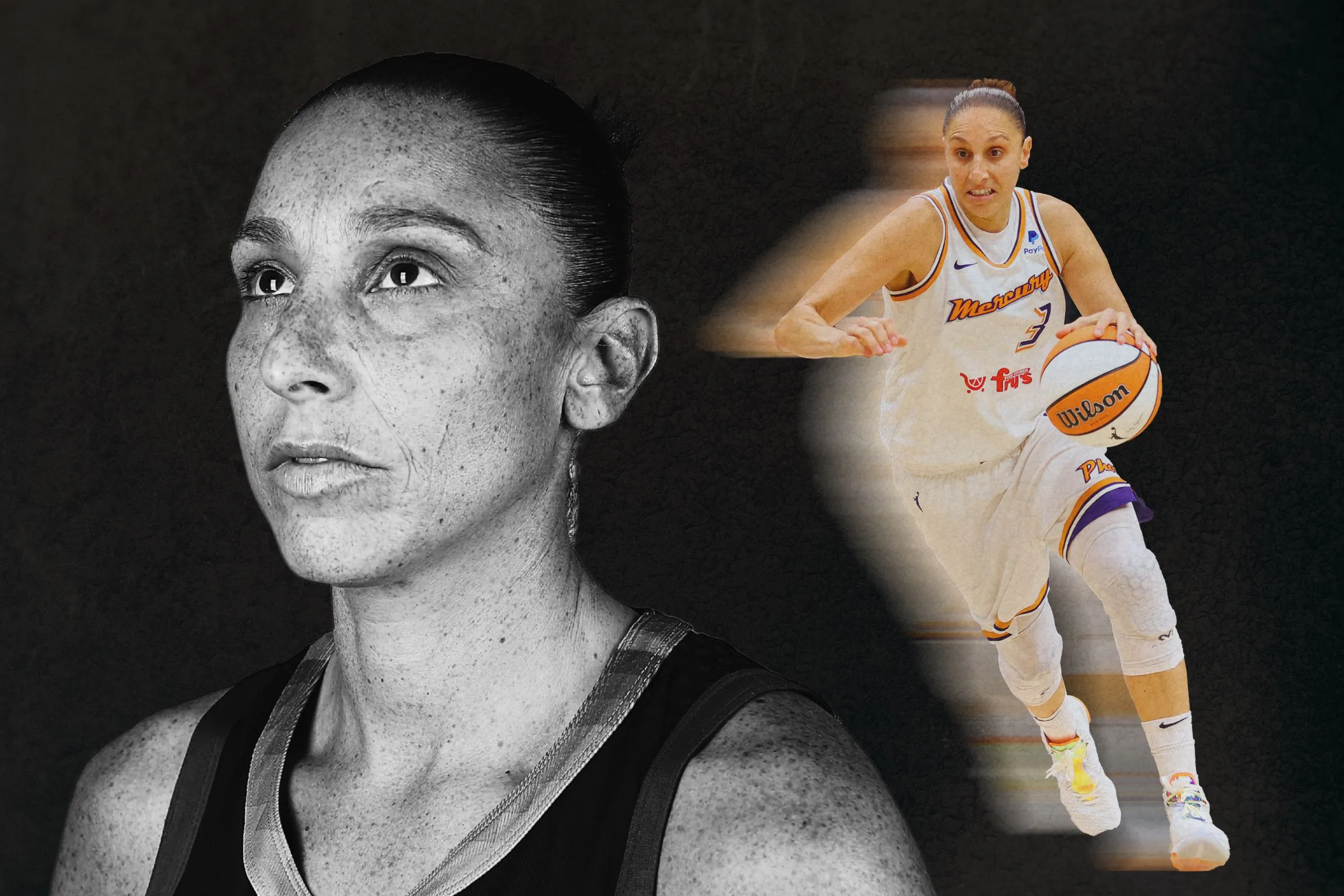World News
Exploring the Injury of Fried: Fried Exits with Left Hamstring Discomfort
Fried exits with left hamstring discomfort is a common injury among athletes and sports enthusiasts. It is a painful and debilitating injury that can cause significant discomfort and impede performance. Fortunately, there are ways to explore the injury and determine the best course of action for recovery. In this article, we will discuss the causes, symptoms, and treatments of fried exits with left hamstring discomfort, as well as provide tips on how to prevent it from occurring in the future. We will also explore the different sizes of the injury and how to manage it depending on the severity. By understanding the injury and taking the necessary steps to prevent it, athletes and sports enthusiasts can continue to enjoy their favorite activities without fear of re-injury.
Fried’s Injury: Diagnosis and Treatment
Fried’s Injury is a condition that affects the shoulder joint, specifically the rotator cuff. It is a common injury among athletes, especially those who participate in sports that involve throwing or lifting. The rotator cuff is a group of four muscles and tendons that stabilize the shoulder joint and allow for movement. When these muscles and tendons become strained or torn, it can cause pain and decreased range of motion.
Fried’s Injury is typically diagnosed through a physical examination and imaging tests such as an X-ray or MRI. During the physical examination, the doctor will check for tenderness, swelling, and range of motion. Imaging tests will help to determine the extent of the injury and any other damage that may have occurred.
Treatment for Fried’s Injury typically involves rest, ice, and physical therapy. Rest is important to allow the injury to heal and to prevent further damage. Ice can help reduce swelling and pain. Physical therapy is used to strengthen the muscles and tendons in the shoulder and to improve range of motion. Surgery may be necessary if the injury is severe or if the condition does not improve with other treatments.
Fried’s Injury can be a painful and debilitating condition, but with proper diagnosis and treatment, it can be managed and the shoulder can return to full function. If you are experiencing shoulder pain or decreased range of motion, it is important to see a doctor to determine the cause and get the appropriate treatment.

Understanding the Causes of Fried’s Left Hamstring Discomfort
Fried’s left hamstring discomfort is a common condition that can cause pain and discomfort in the back of the thigh. It is typically caused by a strain or tear in the hamstring muscle, which is located in the back of the thigh and is responsible for bending the knee and extending the hip.
The most common cause of Fried’s left hamstring discomfort is overuse or overstretching of the muscle. This can occur during activities such as running, jumping, or any other activity that requires a lot of repetitive movement. It can also be caused by a sudden increase in activity or intensity of exercise, or by a direct trauma to the muscle.
Other causes of Fried’s left hamstring discomfort include poor posture, weak core muscles, and tight muscles in the hip and lower back. Poor posture can cause the hamstring to be overstretched, leading to pain and discomfort. Weak core muscles can lead to an imbalance in the body, which can cause the hamstring to be overworked. Tight muscles in the hip and lower back can cause the hamstring to be overstretched, leading to pain and discomfort.
Treatment for Fried’s left hamstring discomfort typically includes rest, ice, and stretching. Resting the muscle is important to allow it to heal and reduce the pain and discomfort. Ice can help reduce inflammation and pain. Stretching the muscle can help to reduce tension and improve flexibility. If the pain and discomfort persist, a doctor may recommend physical therapy or medications to help reduce the pain and discomfort.
Fried’s left hamstring discomfort can be a painful and uncomfortable condition, but it is important to understand the causes in order to properly treat it. By understanding the causes, you can take steps to prevent it from occurring and reduce the pain and discomfort.
Exploring the Impact of Fried’s Injury on Performance
Fried’s injury is a condition that affects the performance of athletes and can have a significant impact on their ability to compete. The injury is caused by a tear in the anterior cruciate ligament (ACL) of the knee. This injury is particularly common in sports that involve sudden changes in direction, such as football, basketball, and soccer.
The ACL is a ligament that connects the femur to the tibia and helps to stabilize the knee joint. When the ACL is torn, it can cause pain, swelling, and instability in the knee. This can make it difficult for athletes to perform at their best, as they may be unable to move as quickly or as effectively as they would without the injury.
The most common symptom of Fried’s injury is pain in the knee, which can range from mild to severe. Other symptoms include swelling, instability, and a feeling of the knee “giving out” when the athlete is performing certain movements. In some cases, athletes may also experience a popping or snapping sensation in the knee when they move.
The most effective treatment for Fried’s injury is surgery. During the procedure, the torn ACL is replaced with a graft from another part of the body, such as the hamstring or patellar tendon. After surgery, physical therapy is usually recommended to help the athlete regain strength and mobility in the knee.
The recovery process can be lengthy and can vary from person to person. It is important for athletes to be patient and follow their doctor’s instructions to ensure a successful recovery.
The impact of Fried’s injury on performance can be significant. The injury can cause pain and instability in the knee, which can make it difficult for athletes to perform at their best. Additionally, the recovery process can be lengthy and can cause athletes to miss out on valuable training time.
It is important for athletes to take the necessary precautions to prevent Fried’s injury. This includes stretching and strengthening exercises to help strengthen the muscles and ligaments around the knee, as well as wearing proper footwear and protective gear during sports activities. Additionally, athletes should take breaks from intense activities and avoid activities that involve sudden changes in direction.
Fried’s injury can have a significant impact on an athlete’s performance, but with proper treatment and prevention, athletes can return to their sport and continue to compete at a high level.

Examining the Recovery Process for Fried’s Injury
The recovery process for Fried’s injury is a complex and multifaceted process that requires a comprehensive approach to rehabilitation. Fried’s injury is a traumatic brain injury (TBI) that affects the brain’s ability to function normally. As a result, Fried may experience a variety of physical, cognitive, and emotional challenges that require specialized treatment and rehabilitation.
The first step in the recovery process is to assess the severity of the injury and develop a treatment plan. This plan should include both medical and rehabilitative interventions. Medical interventions may include medications, surgery, or other treatments to address the physical symptoms of the injury. Rehabilitative interventions may include physical therapy, occupational therapy, speech therapy, and cognitive therapy. These interventions can help Fried regain strength, improve coordination, and restore cognitive function.
Once the treatment plan is in place, Fried’s rehabilitation team will work to help him regain his physical, cognitive, and emotional abilities. This may include helping Fried learn new skills, such as how to walk or talk again, or helping him regain the ability to perform everyday tasks. The team may also work to improve Fried’s communication skills, memory, and problem-solving abilities.
Fried’s rehabilitation team may also provide emotional support and counseling to help him cope with the emotional challenges of his injury. This may include helping Fried manage his emotions, such as anger, anxiety, and depression. It may also include helping Fried adjust to his new lifestyle and helping him build relationships with family and friends.
Finally, Fried’s rehabilitation team will work to help him transition back into his daily life. This may include helping Fried return to work or school, helping him find new activities to participate in, and helping him develop strategies to manage his symptoms.
The recovery process for Fried’s injury is a long and difficult process. However, with the help of a dedicated and knowledgeable rehabilitation team, Fried can make significant progress in his recovery. With time, patience, and hard work, Fried can regain his physical, cognitive, and emotional abilities and live a full and meaningful life.
Strategies for Preventing Future Hamstring Injuries for Fried
Fried is an avid runner and athlete, and hamstring injuries can be a common and debilitating injury for athletes. Fortunately, there are several strategies that Fried can use to prevent future hamstring injuries.
First, Fried should focus on stretching and strengthening the muscles in the back of the thigh. This includes exercises such as leg curls, bridges, and single-leg Romanian deadlifts. These exercises will help strengthen the muscles and improve flexibility, which can help reduce the risk of injury.
Second, Fried should ensure that he is warming up properly before any physical activity. This includes dynamic stretching, such as leg swings, walking lunges, and high knees. These exercises will help to increase blood flow to the muscles and prepare them for activity.
Third, Fried should ensure that he is taking adequate rest days. This will give the muscles time to recover and prevent overuse injuries.
Fourth, Fried should pay attention to his running form. He should focus on running with a mid-foot strike and keeping his back straight. This will help to reduce the strain on the hamstrings and reduce the risk of injury.
Finally, Fried should ensure that he is wearing the proper footwear. Shoes that are too worn or not supportive enough can increase the risk of injury.
By following these strategies, Fried can reduce his risk of future hamstring injuries and stay healthy and active.
In conclusion, it is important to be aware of the potential for injury when exploring fried exits with left hamstring discomfort. It is important to be aware of the potential risks associated with this type of activity, such as muscle strain, ligament tears, and nerve damage. Taking the proper precautions, such as warming up and stretching prior to engaging in this activity, can help reduce the risk of injury. Additionally, it is important to be aware of the size of the exit and the amount of force used when engaging in this activity. Taking the proper precautions can help ensure a safe and enjoyable experience.
Excerpt
Fried, a professional soccer player, has recently experienced left hamstring discomfort. He has been advised to rest and undergo a physical examination to determine the extent of the injury. If the injury is severe, he may require medical treatment and physical therapy to help him recover.
From macallcloth




